Navigating the modern business world often calls for a unique perspective. While 66% of small businesses use social media, only 36% use productivity tools. Gaps like that show there is a lot of room for improvement. Technology enablement is more than just looking at new tools but also seeing how they can be used for growth. From streamlining operations to using trending tech like AI and advanced analytics, technology enablement can positively impact any business.
What Is Technology Enablement?
Technology enablement is the strategic integration of specific technologies within a business to support its goals and improve performance. Unlike broader transformations that may greatly change a company’s operations, it’s focused on enhancing existing processes and systems.
It starts with identifying the unique needs and objectives of the business, followed by selecting the right tools and technologies that fit those needs. Once implemented, these tools can streamline daily operations, make tasks more efficient, and create new growth opportunities.
In essence, technology enablement is about making technology a tailored strategy for the company. By aligning with the company’s existing structure and goals, technology becomes an enabler of success rather than just a set of tools. It’s a targeted approach to technology designed to work with the business’s current state and promotes growth.
The Role of Technology in Modern Businesses
The role of technology in modern businesses has become vital to stay competitive. Around 60% of IT experts believe outdated tech can lead to lower productivity and morale. That can create a widening gap between those who modernize their workplace and those who stick with older methods. Even if something still works, it may no longer be as efficient or effective as it was in the past.
Technology enablement isn’t just adopting the latest ideas; it’s about smartly using systems, software, and practices that align with business goals. That allows for streamlined operations, enhanced communication, and more informed decision-making. It also empowers employees with the tools they need to be more productive and raises their quality of life.
Technology enablement also allows for innovation. Businesses can progress in many areas at once by using newer tech like artificial intelligence (AI), advanced analytics, and cloud computing. That includes developing new products, improving processes, and reacting to market changes. While every business uses technology differently, smart usage can lead to greater improvements.
Technology Enablement vs. Digital Transformation
Technology enablement and digital transformation are two related but seperate concepts with different priorities. Organizations use both to leverage technology for growth and efficiency. Here’s how they differ:
Technology Enablement
Technology enablement matches specific tools and technologies with business goals to boost efficiency and productivity. It involves integrating systems and software to help employees perform better and improve current operations. This approach often includes adopting intelligent solutions that align with existing processes and can serve as a pathway toward broader changes if those are needed.
Digital Transformation
Digital transformation goes beyond adding new technology; it’s a complete shift in how a business operates and engages with customers. This strategy focuses on changing the entire business model by integrating digital technology into every aspect of the organization. It requires rethinking current working methods, often leading to changes in culture, operations, and customer relations.
Key Differences
- Scope: Technology enablement is usually focused on specific improvements in current processes. Digital transformation, on the other hand, is more strategic and wide-reaching, involving a complete change in the business model.
- Objective: While Technology Enablement aims to enhance efficiency and productivity in existing operations, Digital Transformation strives to redefine the business’s very essence in the context of the digital age.
- Complexity: Digital transformation usually involves a higher level of complexity, needing a fundamental shift in culture, strategy, and operations. Technology enablement is more about optimizing what’s already in place with the help of technology.
- Impact: Technology enablement may lead to improvements in particular areas, while digital transformation can entirely reshape how a company functions and competes in the marketplace.
In short, technology enablement is often a step toward digital transformation. It’s focused on enhancing existing systems through technology, while Digital Transformation takes a broader approach, reshaping the entire business for the digital age. Both concepts are crucial today but differ in their goals, reach, and overall influence on a business.
The Importance of Technology Enablement for Growth
Technology enablement is vital to growing a business, as it brings together modern tools and systems to support the company’s goals. Companies that explore newer technology have increased their annual revenues 58% faster than those that don’t. By making things more efficient, businesses save time and money while using limited resources better.
This method also helps businesses react quickly to changes in the market and improves teamwork within the company. It’s about more than just technology; it’s about giving employees the tools they need to do their best work, making decisions based on solid data, and ensuring customers have great interactions with the company. Plus, technology enablement allows the technology to grow with it as the business grows, supporting ongoing success.
The Challenge of Setting up New Technology In-House
Setting up new technology in-house can create challenges that are hard for some businesses to handle. Here’s why attempting this task without specialized help might not be the best course of action:
- High Costs: Beyond the initial purchase, ongoing maintenance, upgrades, and specialized staff expenses can quickly escalate, straining budgets.
- Time-Consuming: Proper integration requires careful planning and execution, consuming valuable time that could be focused on core business functions.
- Specialized Knowledge Needed: The expertise for smooth integration may be beyond existing staff skills, leading to potentially costly training or hiring.
- Security Risks: New technology increases the complexity of safeguarding data, requiring constant attention to avoid potential security breaches.
- Potential Disruptions: Mistakes during implementation can disrupt regular operations, affecting productivity and customer satisfaction.
- Future Growth Considerations: Planning for scalability is essential yet challenging, requiring foresight that might be outside the experience of an in-house team.
- Vendor Selection: Choosing the right products and vendors requires understanding both current and future business needs, and a wrong decision can lead to complications.
The challenges of setting up new technology in-house are filled with potential pitfalls and benefit from having expert knowledge. Attempting any kind of technology expertise can lead to expensive mistakes and missed growth opportunities. That’s where IT outsourcing can help.
The Benefits of Outsourced IT for Technology Enablement
The benefits of using outsourced IT for technology enablement can be a game-changer for businesses seeking growth without the strain of managing complex technology in-house. 70% of companies outsource their IT due to cost reduction, while 40% outsource for added flexibility.
Outsourcing gives them access to specialized skills, cutting-edge tools, and a wealth of knowledge without the heavy costs and time required to build these capabilities internally. It allows organizations to stay at the forefront of technological advancements and quickly adapt to market changes.
In short, it lets businesses concentrate on what they do best while industry experts handle their technology. That alignment seamlessly supports business goals without removing valuable resources from core activities. That partnership can set the groundwork for getting the most out of technology.
Understanding the ROI of Technology Enablement
Investing in new tech is like planting a seed for future growth. However, it can be hard to swallow upfront costs, even if there are long-term benefits. Additionally, it’s crucial to purchase the right seeds to plant in the first place. Here are a few key areas to understand with technology enablement’s return on investment (ROI).
What’s the Cost?
First, identify all the costs involved. This isn’t just about buying new tools; it includes training people to use them and ongoing support.
What Are the Benefits?
Next, list the benefits, both big and small. That might mean saving time on daily tasks, attracting new customers, or even boosting staff morale because they have better tools.
Looking Ahead
Think about the long-term effects. Improved technology might give your business a competitive edge or help you adapt to industry changes.
Watch Out for Risks
Every investment has risks. Maybe the technology changes too fast, is hard to implement, or isn’t a good fit for staff. Keep these in mind when calculating ROI.
Use Real Data
Identify clear ways to measure success. That could be through sales numbers, customer feedback, or other key performance indicators (KPIs) that make sense for your business.
Learn From Others
Look at how similar companies have fared with their technology investments. Real-world examples can offer valuable lessons.
Track Progress
Technology and business goals change, so keep an eye on how things are going and adjust as needed. Tracking your progress ensures that your investment continues to pay off.
In short, understanding the ROI of technology enablement is about more than just crunching numbers. It involves carefully balancing costs, benefits, future planning, risk management, and ongoing evaluation. By taking a well-rounded view, businesses can make smarter decisions that align with both immediate needs and long-term goals.
Embrace Technology Enablement for Sustainable Growth
Keeping up with the latest tech trends can be overwhelming for any business. There are many tools to pick from, and it can be unclear which fits a specific industry or situation best. That struggle often results in inefficiencies, lost chances, purchase mistakes, and other issues that can prevent growth.
But there’s a solution: technology enablement. It acts as an effective way to match specific tools to business goals. Unlike digital transformation, it’s about enhancing what’s already in place, making daily tasks more streamlined, and fostering a culture that integrates technology as a companion in growth. It’s a strategy that can fill the immediate needs of today while laying a solid foundation for future growth. No matter the industry or location, using technology effectively can help a business survive any challenge.
Has the growth of your business slowed, or are you struggling with new technology? Let us help. Reach out through our contact form or call us at +1 (800) 297-8293




















